Having registered this depressing fact, we need to look at the current document, and ask: what does it add up to?
It adds up to money. Here’s a key passage:
‘The degraded health of Victoria’s biodiversity is the result of many individual decisions and actions, or inactions, over two centuries. Under-investment in planning, management, protection, evaluation and reporting for biodiversity and the natural environment has been conspicuous. Even today, decision makers in government, business and land management too often fail to fully consider the impacts of their actions on biodiversity – and are not routinely required to do so.
‘There has been persistent under-investment in programs and measures to address the legacy of biodiversity loss (particularly for terrestrial biodiversity) and to counter-balance the ongoing losses that occur due to decisions and activities today…’
Unfortunately the document doesn’t follow up statements like this by guaranteeing appropriate funding for the environment. Instead, it gestures at new efficiencies, strategic approaches, and ‘Victorian Government-backed funding model that leverages government investment to create more significant investment in biodiversity conservation across Victoria.’ The 64 dollar question is, by whom? This could be a creative approach to engaging private commitment to conservation. It could also be a slide into the kind of sinister proposals we’ve been offered lately which amount to privatising parts of our National Parks [see our Parkwatch post below].
In any case, the success or otherwise of biodiversity conservation won’t depend on brilliant short term ideas. It will hang on the long term proper resourcing of those departments responsible for managing our public land: that’s the real implication of the above passages, and it’s to be hoped the treasurer, Tim Pallas, takes them seriously.

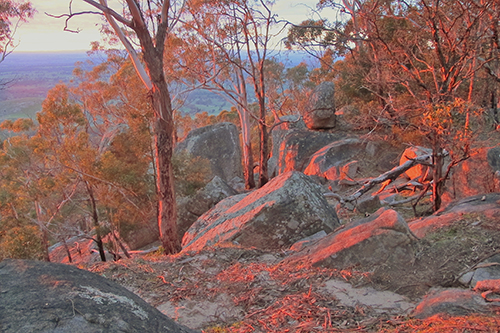
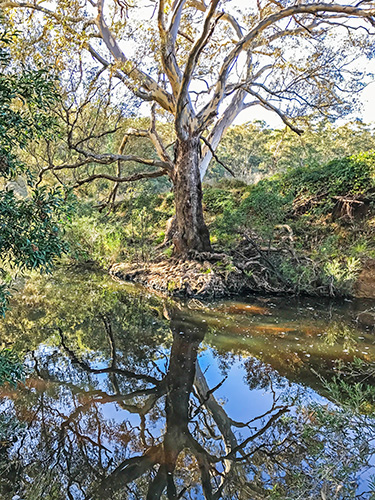
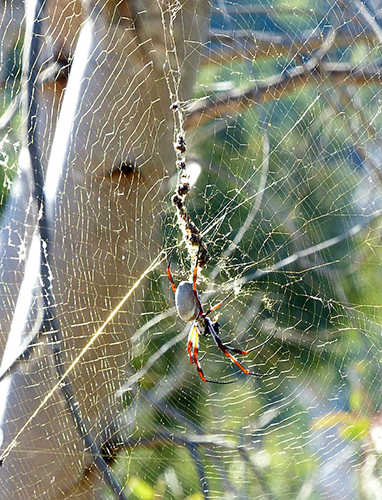


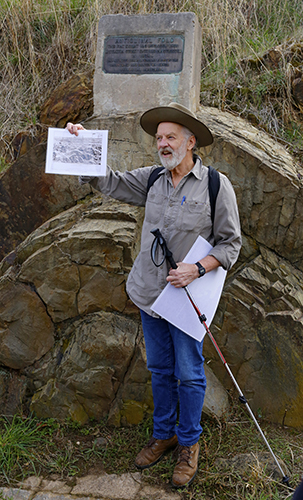
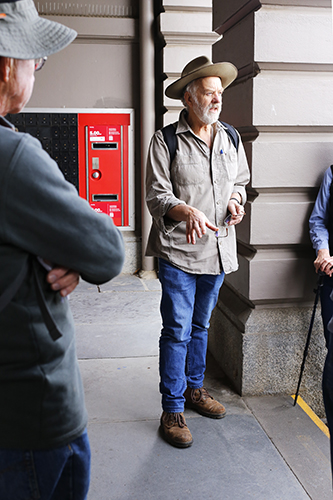
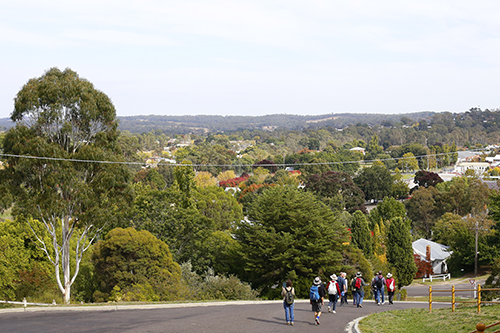
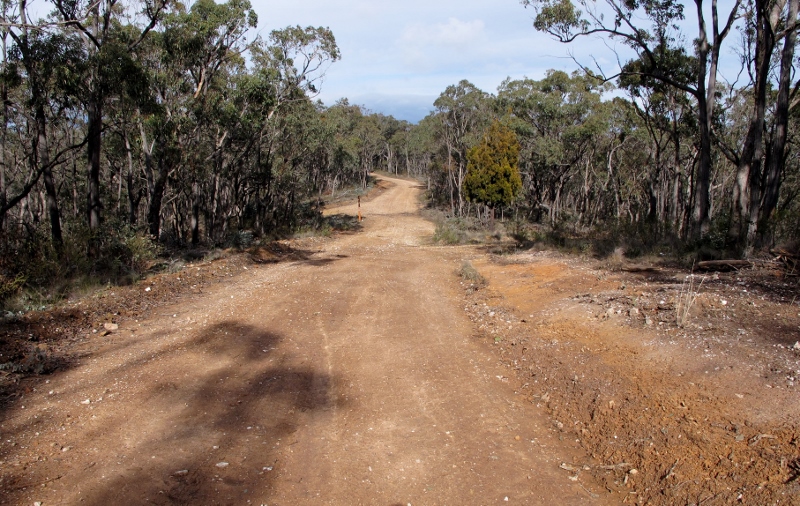
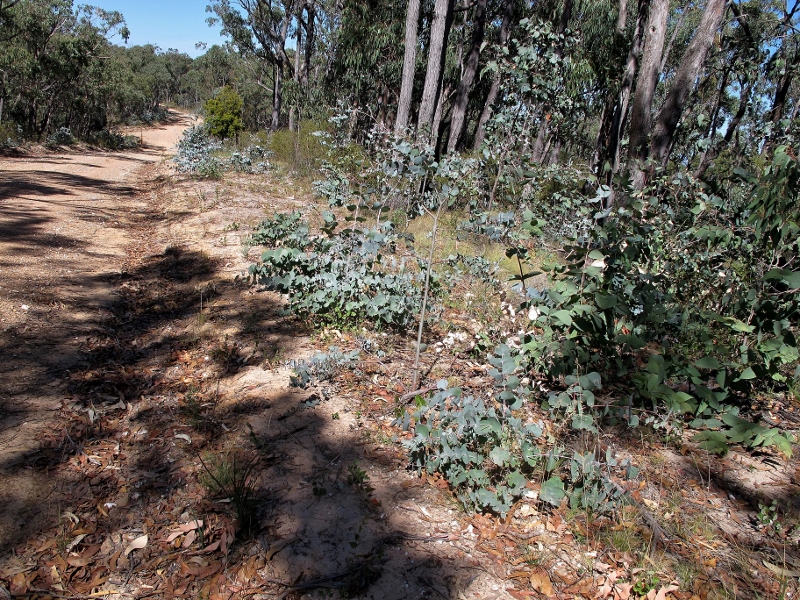

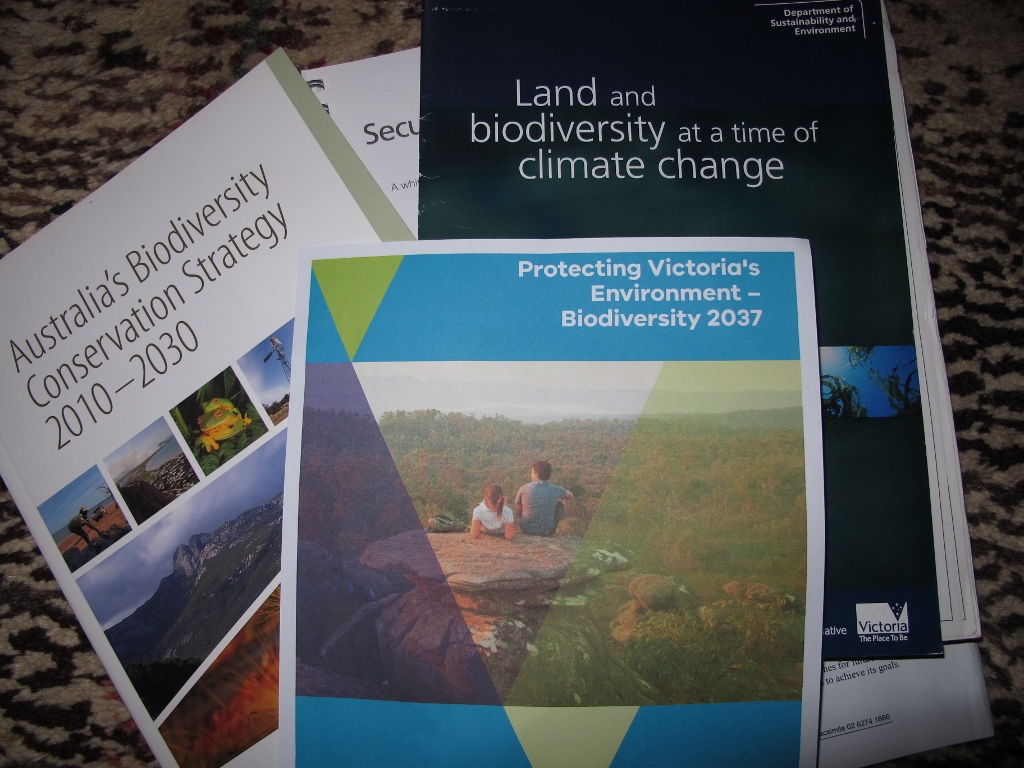
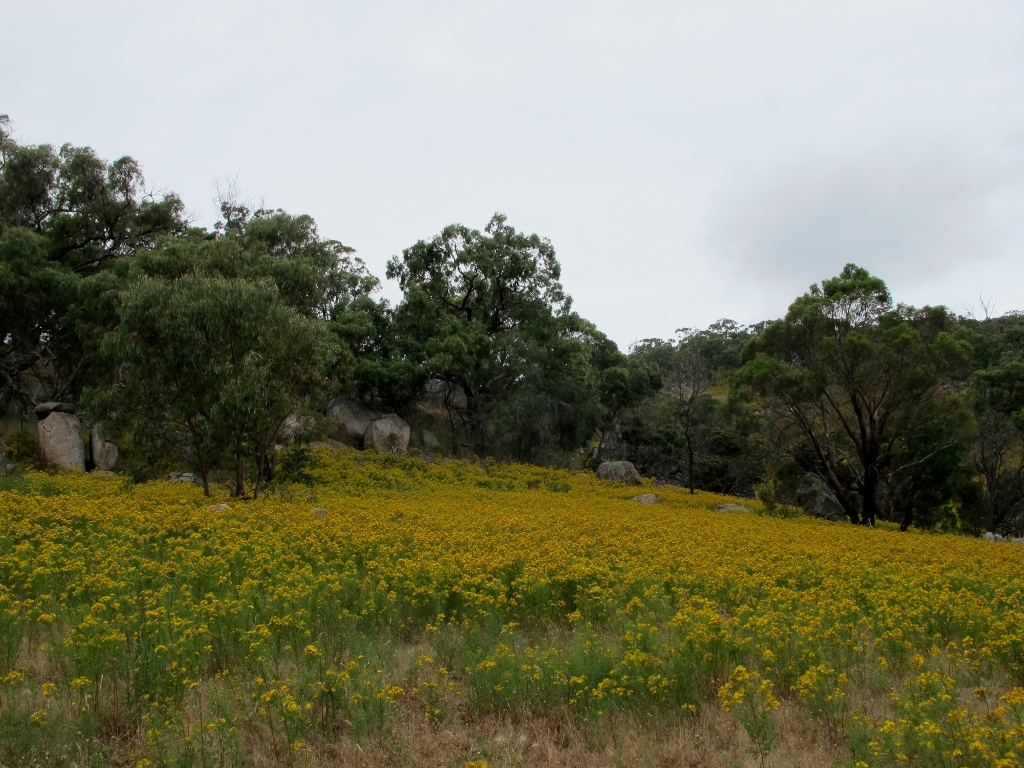



 Click on image for info/order page
Click on image for info/order page Click on image for info/order page
Click on image for info/order page Click on image for info/order page
Click on image for info/order page




















